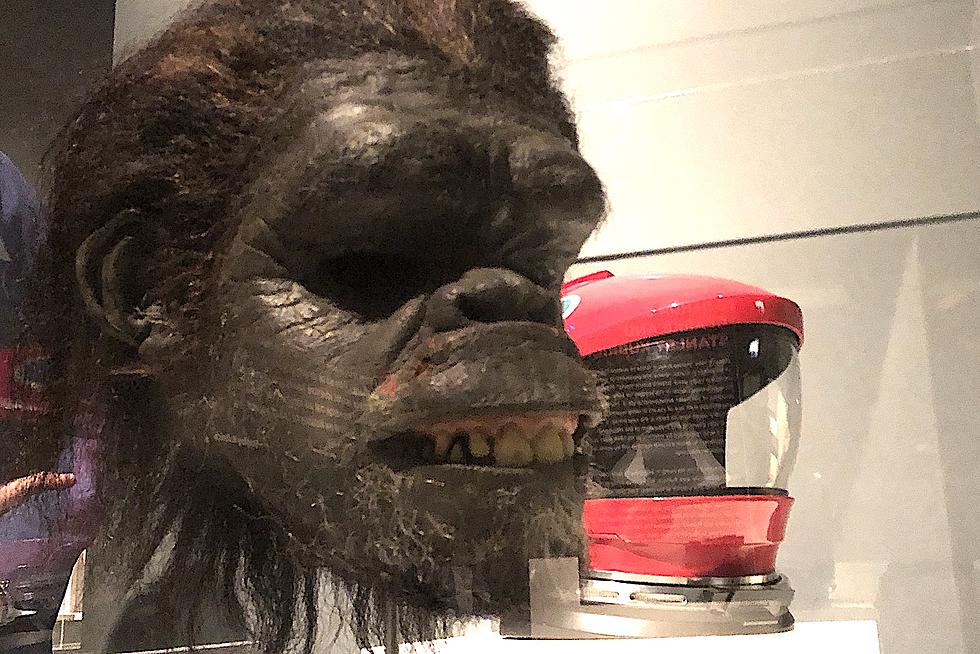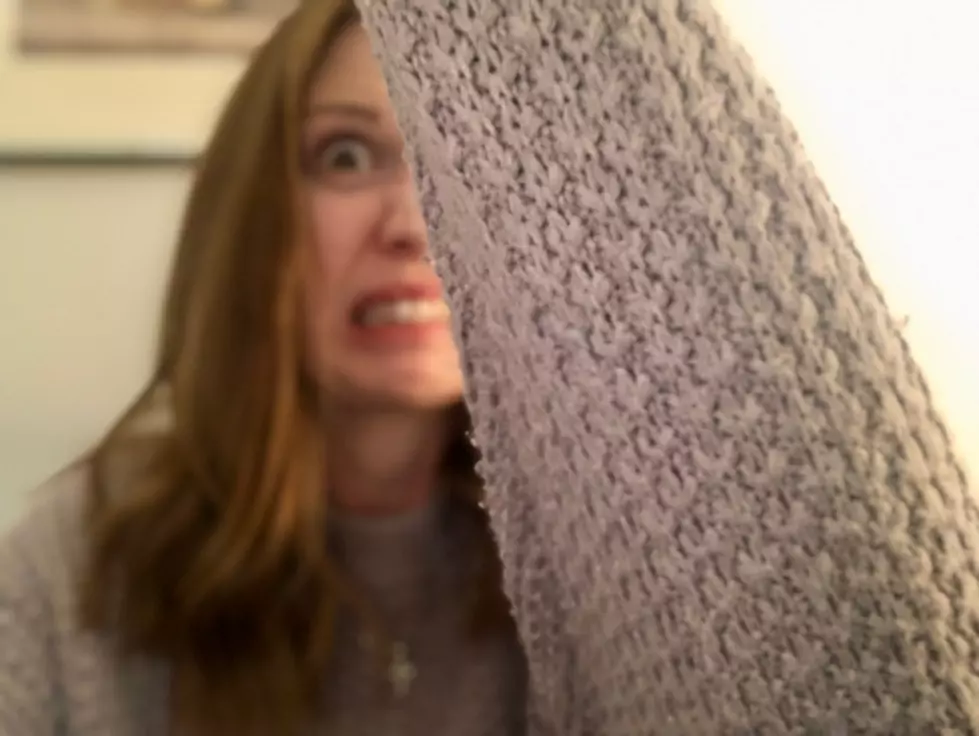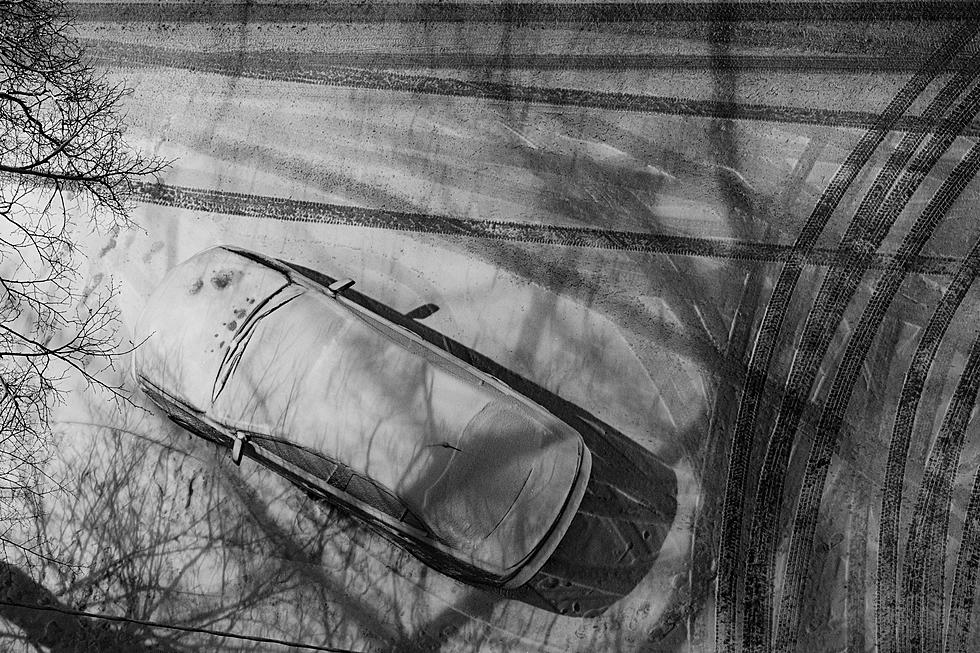
A New ‘2001’ Exhibit Reveals How Stanley Kubrick Predicted the Future of Moviemaking
The Museum of the Moving Image’s new “Envisioning 2001” exhibit is filled with incredible artifacts from the creation of Stanley Kubrick’s 2001: A Space Odyssey. There’s the full Moonwatcher costume worn by Daniel Richter, original concept art, and the very first letter Kubrick wrote to Arthur C. Clarke, inviting him to collaborate on the project that would eventually become 2001. But none of those priceless treasures blew my mind the way a simple typed list, tucked away in a corner of the exhibit, did.
This list contains imagined headlines from a 2001 edition of The New York Times. One of the many ideas for the world of the future developed by Kubrick and Clarke was for what they called a “Newspad,” a personal e-reader device. In Space Odyssey: Stanley Kubrick, Arthur C. Clarke, and the Making of a Masterpiece, the outstanding recent book on the making of 2001 by Michael Benson, the Newspad is described in archival materials as a gadget that would allow for a “newspaper to be read on some kind of television screen. Should be designed television screen shape; i.e., wider than it is high.”
In the finished film, astronauts on the Discovery spaceship briefly use Newspads to watch television; they never read The New York Times on them. In recent years, the revelation that this prop was intended for use as a kind of proto-computer tablet have fueled articles wondering whether Kubrick very nearly invented the iPad decades before Apple.
Kubrick’s foresight was even more acute than that. Because the list on display at “Envisioning 2001” reveals he also anticipated 2000s-era movie fans’ obsession with Easter eggs.
The list of possible Times headlines are mostly a glimpse into the future Kubrick imagined might come to pass. Some were astonishingly prescient; the fourth headline reads in part “World Population Passes 6 Billion Mark”; the actual world population at the start of 2001 was 6.12 billion. Another predicts the extinction of major animal species. (Some were less on the money; the very first headline on the list predicts a baby born at a place called “South Pole City.”)
Most of the headlines are topical and related to world affairs. A big exception — the one that caught my eye and literally made my jaw drop — came about two-thirds of the way down the first page of the document. Number 11:
“Dawn of Man Pushed Back to 5,000,000 Year Mark.”
2001’s opening, which charts early man’s development of rudimentary tools, is referred to as the “Dawn of Man” sequence. None of the Times headlines wound up making it into the finished film — and if they had they would have appeared so small almost no one would have been able to read them. If they had been in the film, and someone had caught the “Dawn of Man” reference, it would have been one of the very first cinematic Easter eggs for extremely attentive fans, dozens of years before the concept even existed.
That sort of level of exacting detail is all over the Museum of the Moving Image’s exhibit. One of 2001’s most famous jokes involves the instructions for a “Zero Gravity Toilet” on one of the spaceships Before you relieve yourself in it, you basically have to read a novella; ten steps, each with an enormous block of text. Not exactly ideal when you feel a pressing urge. (My favorite part: “Bathe normally,” after like ten insane sentences about undressing, putting on velcro slippers, and Sonovac activation levers.)
You have to remember that Kubrick made 2001 during the mid-1960s. VHS was still years away — much less DVDs, Blu-rays, or any form of high-res home video. When Kubrick made this movie, the best it was going to look was in 70mm on a big screen, where no one would have the ability to freeze frame and look for details like the full Zero Gravity Toilet instructions. If people missed 2001 in theaters, they would have to wait for a revival screening or catch it on television, where the sides of the frame would be chopped off and it would be broadcast in a less than ideal resolution.
Kubrick demanded that kind of commitment to verisimilitude anyway. That was his way: Absolute and complete meticulousness. It wasn’t enough to look good, or even convincing onscreen. Everything had to feel real. Everywhere you look in the “Envisioning 2001” exhibit, you see evidence of that, from the original costume design sketches to the intricacies of the spaceship models.
It’s not so much that Kubrick predicted or invented Easter egg culture; it’s that Kubrick’s method and style were so far ahead of their time that they still work for an audience raised in a world dominated by that culture. Arguably, many modern directors have learned the wrong lessons from Kubrick, ignoring his willingness to challenge an audience and focusing instead only on his remarkable skill with visual effects. Still, it’s easy to understand why those effects made such an impact. Even in 4K or a restored print, there are no seams in Kubrick’s work. That is one reason why 50 years later, 2001: A Space Odyssey doesn’t feel dated — even though the date is literally the title of the movie.
Here are a few more photos from “Envisioning 2001.” The exhibit will be at the Museum of the Moving Image in Queens, New York through July 19.
Gallery — The Best Twist Endings of All Time:
More From WGBF-FM










